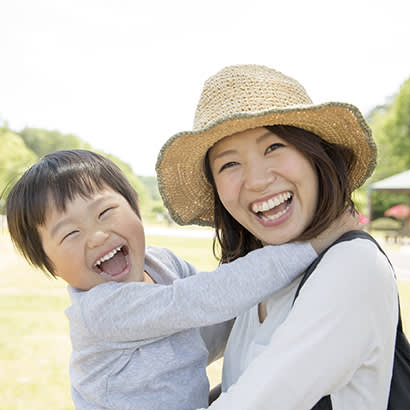
For an enhanced digital experience, read this story in the ezine.
In June 2020, I wrote an article titled “An Agent of Public Health”. At the time, we were at the height of coronavirus (COVID-19) shelter-in-place orders, and still relatively uncertain of what the next several months would look like and how the park and recreation field would be impacted. There was uncertainty, anxiety, frustration, confusion, sadness, disappointment and grief. There were changing roles and responsibilities; new skills and practices to master; difficult decisions and divergent viewpoints to navigate; and even public, private and political pressures to respond to. But in the article, I wrote about something I was certain about — the vital role of park and recreation professionals as public health change agents. The park and recreation profession has proven time and again that it is committed to promoting and protecting health and wellness where people live, learn, work and play. One year later as we reflect upon and collectively heal from the trauma and turbulence of the COVID-19 pandemic, that message is truer than ever before.
Parks and Recreation as Holistic Health and Social Service Providers
Responding to the pandemic and their communities’ holistic health and social needs — especially those community members who are at the greatest risk — local agencies scaled up childcare programs and learning centers, offered facilities to shelter people without housing, managed food distribution programs, facilitated creative community engagement programs, and leveraged park and recreation spaces and staff to provide needed health and social services to the community. At the same time, during the height of shelter-in-place orders in late April 2020, 86 percent of agencies kept all of their trails open and three-quarters of agencies made all their parks available to the public. From mid-March through mid-June 2020, three in five people — more than 190 million adults and children — visited a park, trail, public open space or recreation facility, and 83 percent of adults agree that those visits were essential to their mental and physical well-being.
These essential spaces, programs and services not only supported physical health and wellness, but also mental, social, emotional, educational, cultural, environmental and economic wellness. In short, park and recreation professionals pushed forward their role as stewards of community wellness hubs — trusted gathering places that connect every member of the community to essential programs, services and spaces that advance health equity, improve health outcomes and enhance quality of life. This new way of framing the integral services park and recreation agencies provide is vital to ensuring continued support and investment from elected officials, philanthropic partners, like-minded organizations and the public.
Parks and Recreation Is a Strong Service Delivery Partner
One of the greatest challenges within many of our systems and institutions, including our public health, healthcare and social-service systems, is actually somewhat straightforward — struggling to reach people. We know what makes us healthy and we know what resources people need to thrive. Although we have a long way to go to address the inequities that exist within our systems, there are many evidence based, evidence-informed, and proven health and social service interventions out there. But if these programs are not reaching community members, they are not viable nor scalable solutions.
Parks and recreation has proven that it offers a solution to that challenge. Throughout COVID-19, park and recreation professionals have leveraged their role as accessible, trusted and welcoming spaces, and led and supported efforts to ensure that community members had access to the services, resources and programs that they needed. Models have emerged that have co-located needed services in existing settings that meet community members where they are.
Take vaccine distribution efforts, for example. For the past several months, park and recreation agencies in city after city have leveraged their recreation facilities and their parks to support COVID-19 vaccination programs. In fact, some of the largest vaccination sites in the country have been in our public parks. Interestingly, given the proven and vital role community-based organizations have played in promoting and advancing public health this year, the White House and our nation’s highest ranking public health officials are launching a new initiative specifically targeted to parks and recreation, faith-based, youth serving and other community organizations as we head into summer and the back-to-school transition — the opportunity to host pop-up vaccination clinics in their community-based locations. There is a reason why some of our most intelligent public health minds are pursuing this strategy — the co-location and delivery of services in trusted spaces is key to reaching people. Parks and recreation is a viable partner and a solution for service delivery, ensuring that all people have access to and can benefit from needed healthcare, health programming or social resources.
Expanding investment in parks and recreation as an upstream solution, both in terms of the built environment and the programming and services offered, has the potential to catalyze health and wellness and address so many of our existing and future public health, environmental and social challenges. If we take the lessons learned from COVID-19 and let them guide us moving forward, we could be in a very different place in the near future. Think about this: if every neighborhood and every person had access to a community wellness hub in 2030, where would we be? I’d venture to say we’d be well on our way to a healthier, happier and more just world.
Allison Colman is NRPA’s Director of Health.

